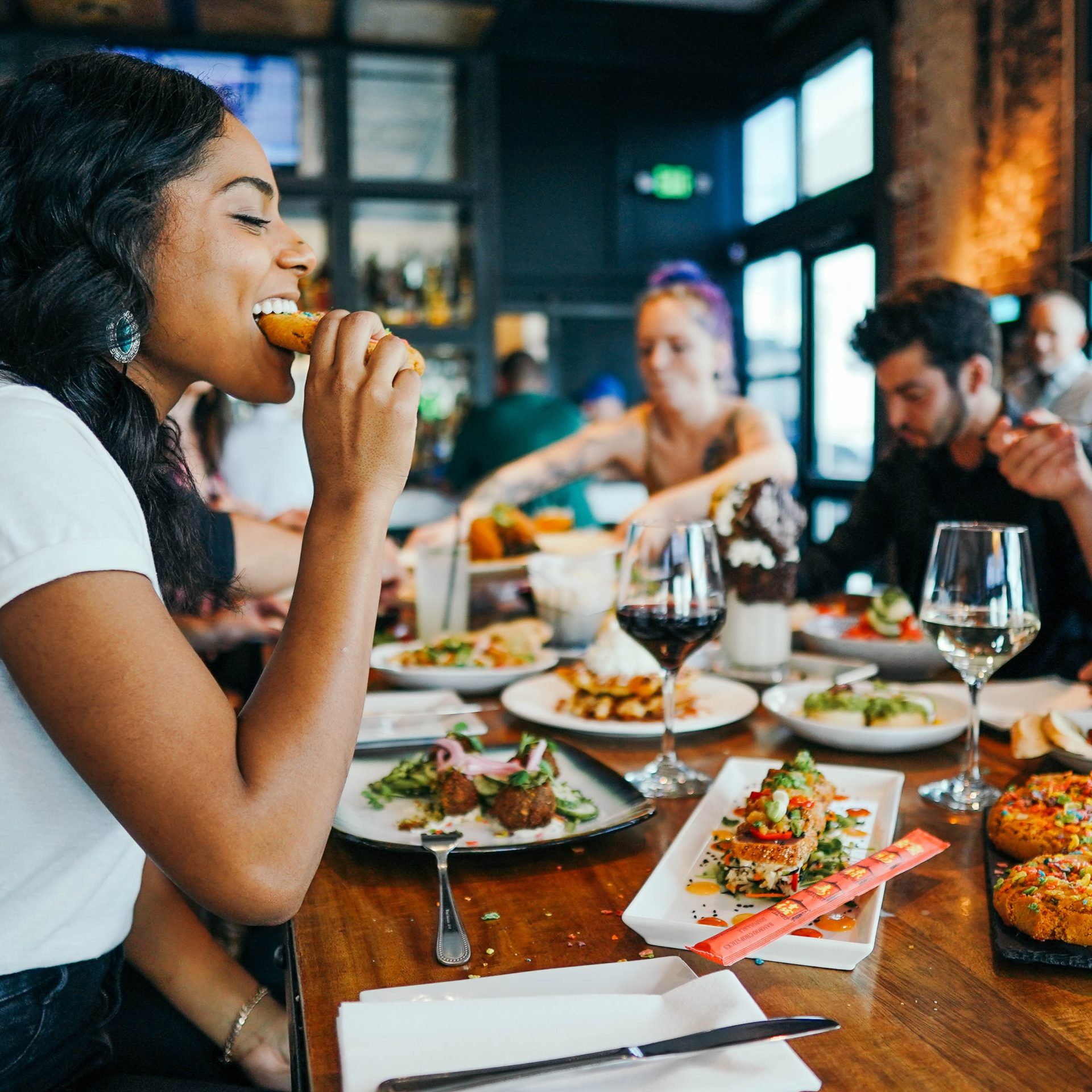
A growing dining repertoire and a rise in spontaneous dining are some of the notable trends to watch in the eating out market come 2020.
Smaller operators have been quicker at recognising the street food revolution and how important food quality is to the rise of that trend.
The following interview originally appeared in QSR magazine.
BrandVue, Savanta’s market intelligence platform, shows smaller operators such as Franco Manca and Pizza Pilgrims are gaining visits directly from the customers of bigger chains like PizzaExpress and Pizza Hut. Consideration and market share of brands from “non-usual” cuisines, such as Itsu, LEON and Wasabi is on the rise.
“Smaller operators have been quicker at recognising the street food revolution and how important food quality (origins, new ingredients, new flavours) is to the rise of that trend. Big players are beginning to catch up but too late to prevent the current loss of consumer visits to the new, more exploratory cuisine experiences,” Savanta senior consultant Oli Fenton explained.
“Consumers now want a menu that provides a story beyond the plate and the short supply chain that smaller operators work with allows them to provide this quality narrative nimbly, and at a fraction of the cost.”
The eating out occasions that are seen as relevant for bigger operators, he says, are narrowing, threatened by “well-known issues” that the high street and shopping centres are experiencing.
“Smaller operators tend to operate in narrower occasion ‘pools’ so [they] don’t experience this problem,” he said.
Fenton noted that three of the top four drivers of the love of an eating out brand was service whilst the fifth and sixth most important drivers were atmosphere. Consumers, he notes, would likely save their choice of destination until the last few minutes, with four out of 10 visits and orders planned “a few minutes before or less”.
“We preach a focus on the brand’s core; in practise this means aligning menu additions to create a sense of ‘newness’ or ‘discovery’ with a theme – and this theme is the brand concept. This creates a sense of ‘comfortable surprise’ and enables innovation to be proactive, not reactive. This ‘core’ starts with the food and drink offer, then the menu, with a service and atmosphere that works in tandem with the type and style of food and drink being offered,” he said.
Dietary needs, delivery surge, ‘good’ coffee
The three other trends to watch, according to Savanta, are the growing awareness for dietary needs, delivery, and the growing importance of coffee as an offering.
Fenton says almost three in 10 persons under the age of 35 have dietary requirements, with vegan, halal and lactose intolerance being much more common among this group – an increasingly important one for the eating out sector.
“This ties in with wider economic trends in saving. With property ownership seeming unattainable to a lot of younger people there is less of an attraction to saving, so much more of a pull towards spending. Also, increasing concerns about ethical and environmentally friendly food that the whole sector is experiencing are being driven by Gen Z and Millennials. Brands that fit this trend are naturally aligned to a larger potential audience,” Fenton noted.
Delivery occasions, meanwhile, are being more associated with special occasions. Data cited by Fenton revealed that the value of delivery occasions associated with ‘not being bothered to cook’ have decreased £300m year-on-year (YoY), whilst occasions associated with get togethers with friends and/or family have increased in value by £400m YoY.
“Restaurants can continue to learn how to optimise their search engine results on delivery aggregator websites to ensure they feature higher up. But, both aggregators and restaurants can do more research into the effect that delivery travel and time has on food and drink items and, from there, devise delivery menus that only feature items where quality doesn’t go below a certain level. In the rush to become available through delivery, the differences in quality between restaurant service and delivery box opening is very much a black box for a high number of brands,” Fenton explained.
On coffee, purchases in in branded restaurants almost tripled YoY since Q3 2018. Fenton says there is also opportunity for other caffeinated drinks.
“McDonalds and Greggs have done well at bringing the coffee occasion into their offer but still have work to do; they can’t offer barista quality so have no choice but to offer a low price point. I think coffee as a craft experience has probably reached a plateau as there are now so many coffee shops available,” he said.
“I could see Asian style bubble tea and coffee being a trend taken more widely and a way of shaking up current preconceptions of how caffeinated drinks needs to interact with the meal more generally. This type of drink can be consumed at all parts of the day and can be drunk alongside (not immediately after) the meal.”





